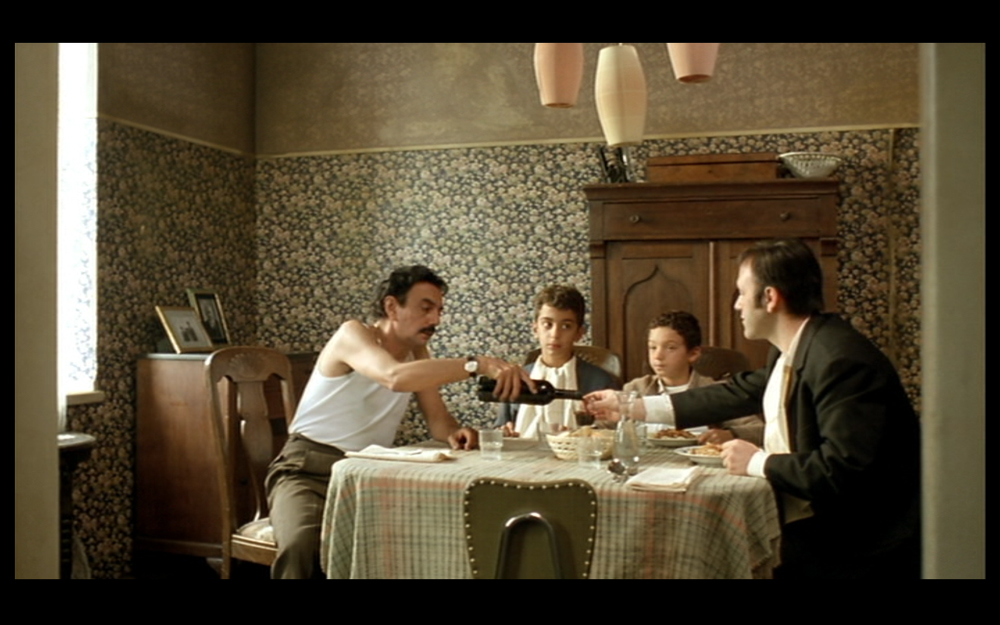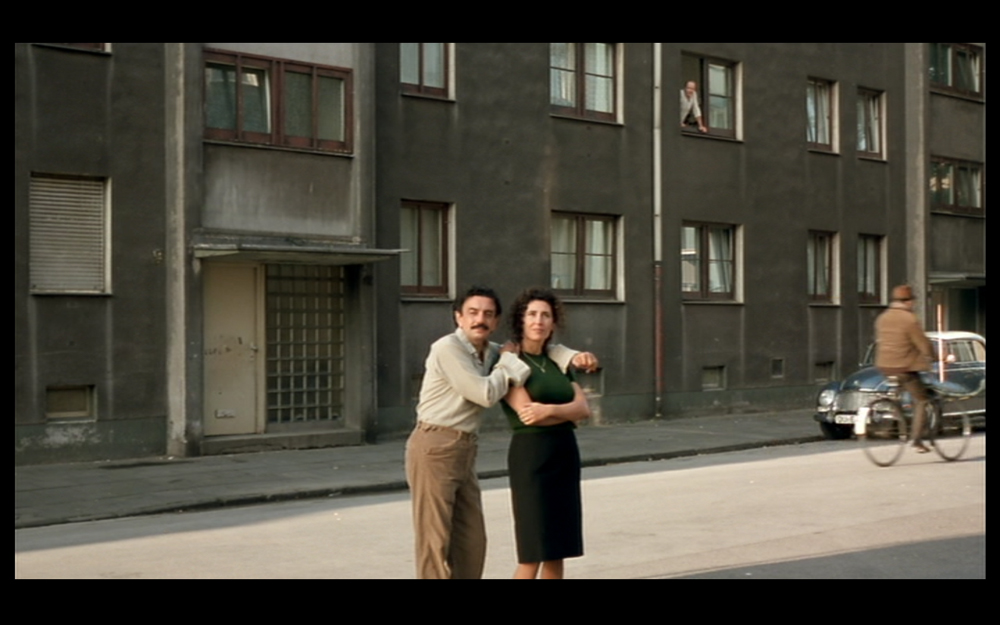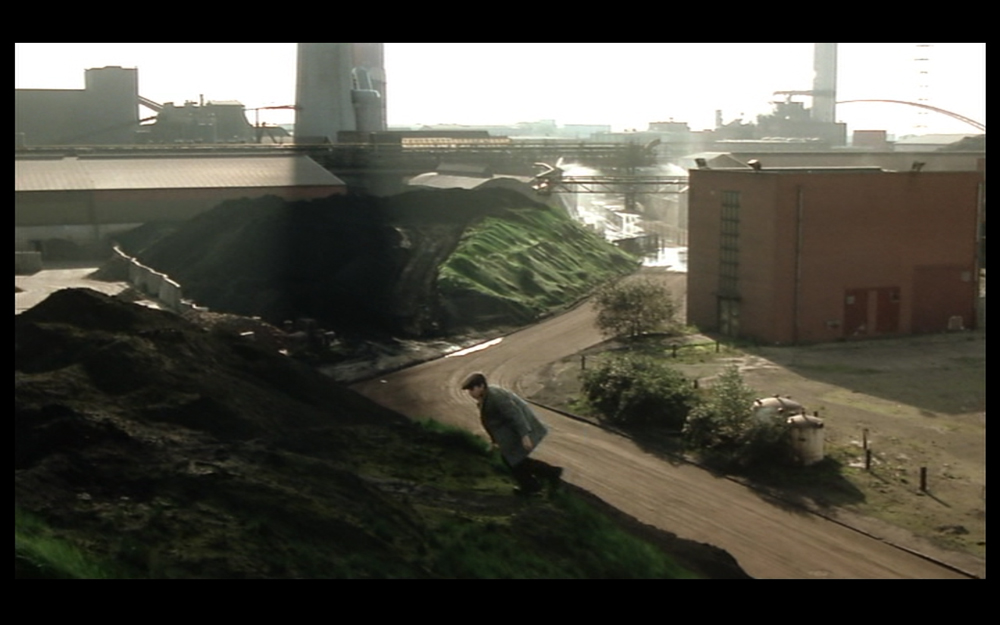Artist Blog
Every week an artist whose single image was published by Der Greif is given a platform in which to blog about contemporary photography.
Solino
May 16, 2015 - Conor Clarke
Solino, directed by Fatih Akin (2002) The film begins in Solino, Italy in the 1960s, and follows an Italian family as they immigrate to Duisburg, Germany to find work and make a new life. Romano (the father) realises quickly that he can't manage mining work and they decide to open a family pizzeria. We follow their struggle, adjusting to an environment and culture so different from their own. Fatih Akin (the director) immigrated with his family from Turkey to Germany in the 1970s, which is perhaps why the peaks and troughs experienced throughout the film feel so believable, so full of emotion, so human. We experience most of the story through the younger brother Gigi - as he matures and discovers love, photography and film. Through film he learns to see everyday life in industrial Duisburg as something extraordinary. Duisburg is situated in the Ruhrgebiet - an industrial region in west Germany that boasted a booming steel and coal mining industry at the time the film was set. Workers like this Italian family traveled here from all over Europe, contributing to the popular colloquial name for the region - 'Ruhrpott'. The term references the blast furnaces from steel production that light up the sky red at night, and the melting pot of cultures the steel industry has attracted. The film reveals the warmth of the people of the Ruhr, an acceptance of those from different cultures and backgrounds - a salt of the earth kind of attitude. Throughout the film we get a taste for the Duisburg landscape. At one point the brothers clamber up a hill which is later revealed to be a spoil tip - the climbers and we as viewers are rewarded with a view from its peak, of an active steel plant. These days, Duisburg is studded in both active and inactive industrial monuments, recalling the area’s industrial history, one that has changed drastically since the decline in coal mining and steel production after the 1970s. These objects have come to define the cultural identity of the region and its people. I spent quite some time photographing in Duisburg last year, and was lucky enough to be hosted by Insa and Marcus. Marcus has since had an image of the winding tower from the Zeche Zollverein tattooed on his lower leg, such is how strongly he identifies with these objects, and this region. Inactive structures and spoil tips are not wasted and discarded, they are carried into the present and the future through cultural and recreational use - they are utilised by the people. One example is Landschaftspark-Duisburg, a former steel works now lit up on weekends, used as an industrial playground for families, performers, ruin photographers and artists. I asked Insa about how she would describe the indescribable, the meaning of the term 'Ruhrpott Romantik' (the romance of the Ruhr area). She kindly shared her thoughts: 'It is an unashamed appreciation of the region’s industrial history, finding beauty in rusty steel, dirt, things that are not conventionally pretty. It is the kindness and the boldness of the people that matches their environment – functional without frills, but with the legacy of an industry in decline that never loses the will to persevere. I love living here!' Thanks to Marcus and Insa for the film recommendation, and for hosting me in Duisburg on three occasions!! [embed width="1000" height="563"]https://youtu.be/qqRvDeiw_sY[/embed]



























